Photographer Keith Dotson takes us on a walking tour of beautiful, decorative ironwork on mansions, churches, and cemeteries of Charleston
In this video, we’ll be walking the streets of Charleston to see amazing ironwork on historic mansions, buildings, and graveyards.
John Rutledge Home
In the video, we visit the unbelievably gorgeous John Rutledge House, built in 1763. It was the home of John Rutledge, the very first governor of South Carolina and signatory of the United States Constitution. I photographed this house on my first trip to Charleston many years ago, and I’m proud to say there’s a signed print in the collection of the Charleston Chamber of Commerce.
The grave of John Rutledge, who died in 1800, can be seen in the video.
Ironwork displays in the Charleston Museum
The Charleston Museum holds a number of great displays of really old Charleston ironwork, some of which can be seen below in these smart phone photographs.
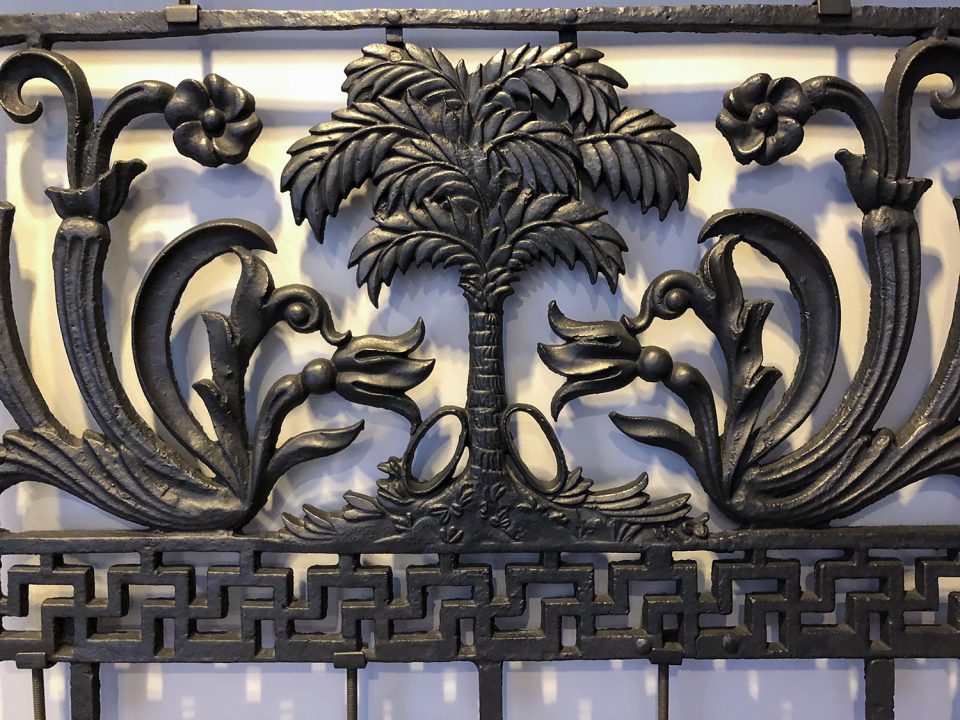
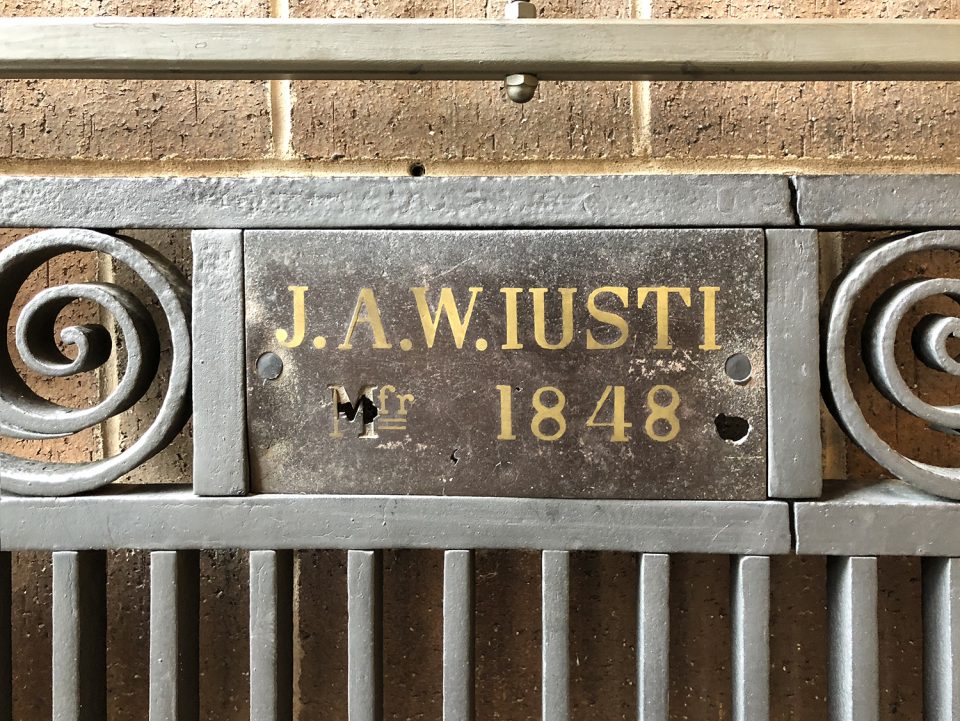
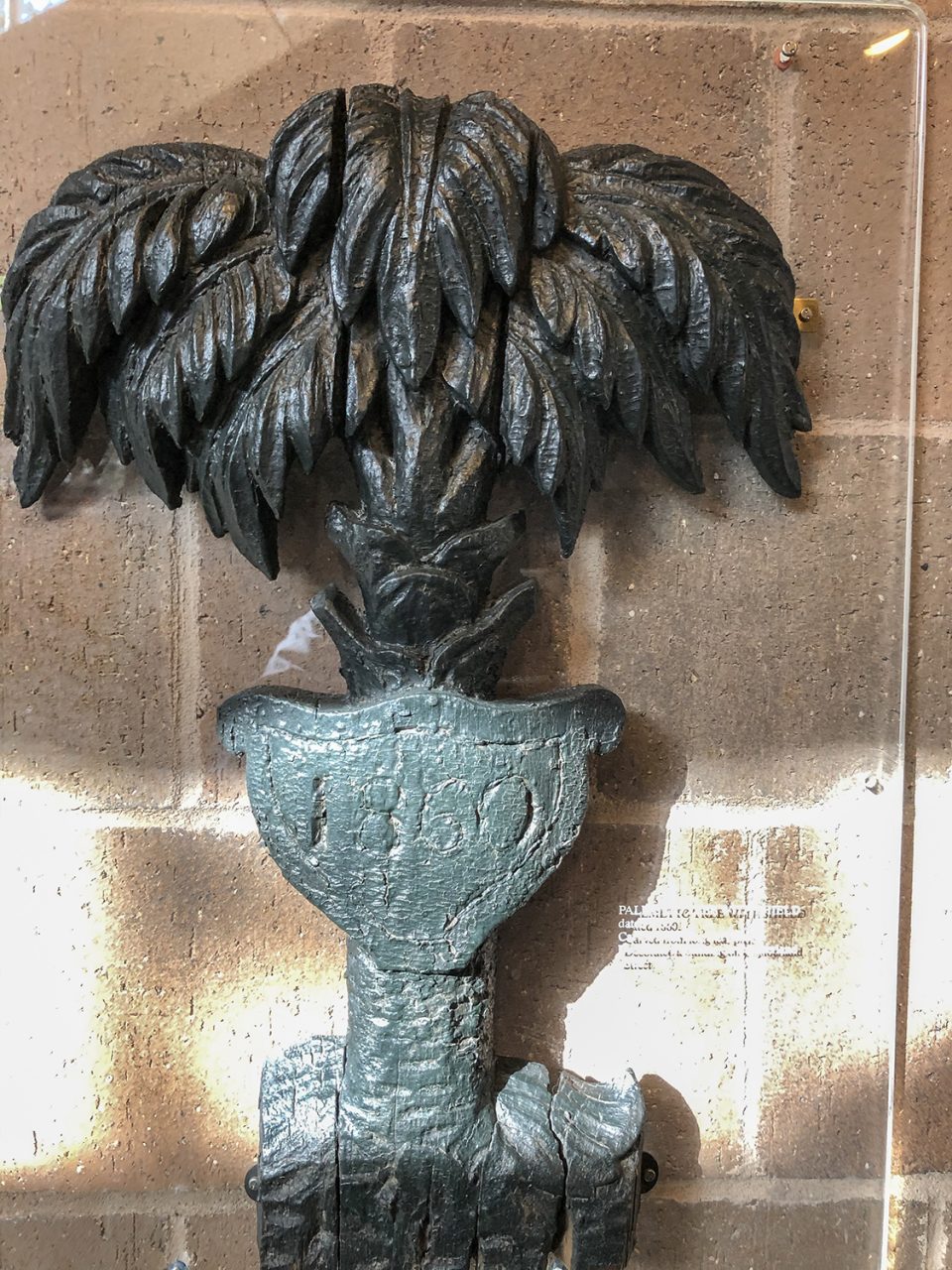
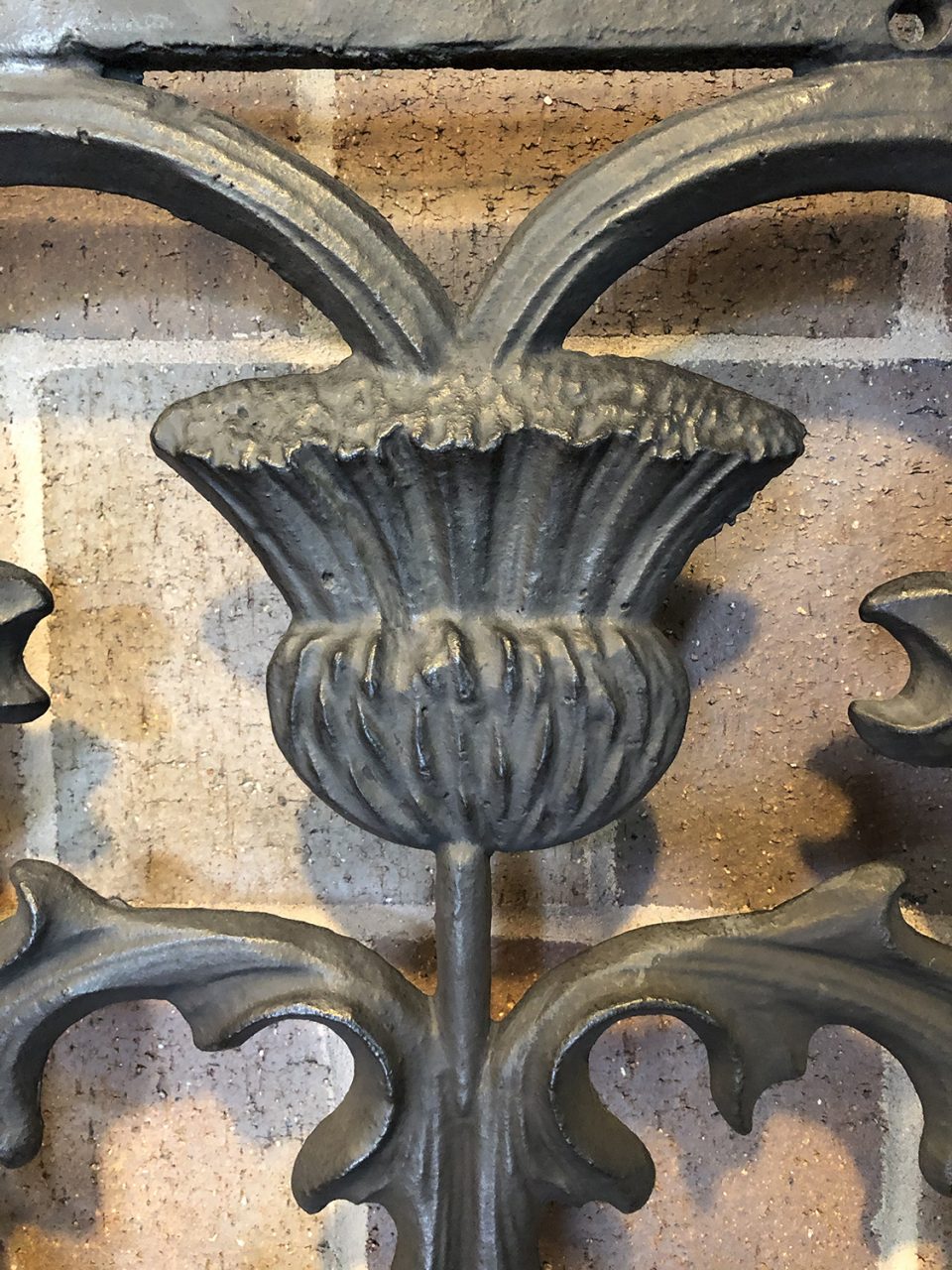
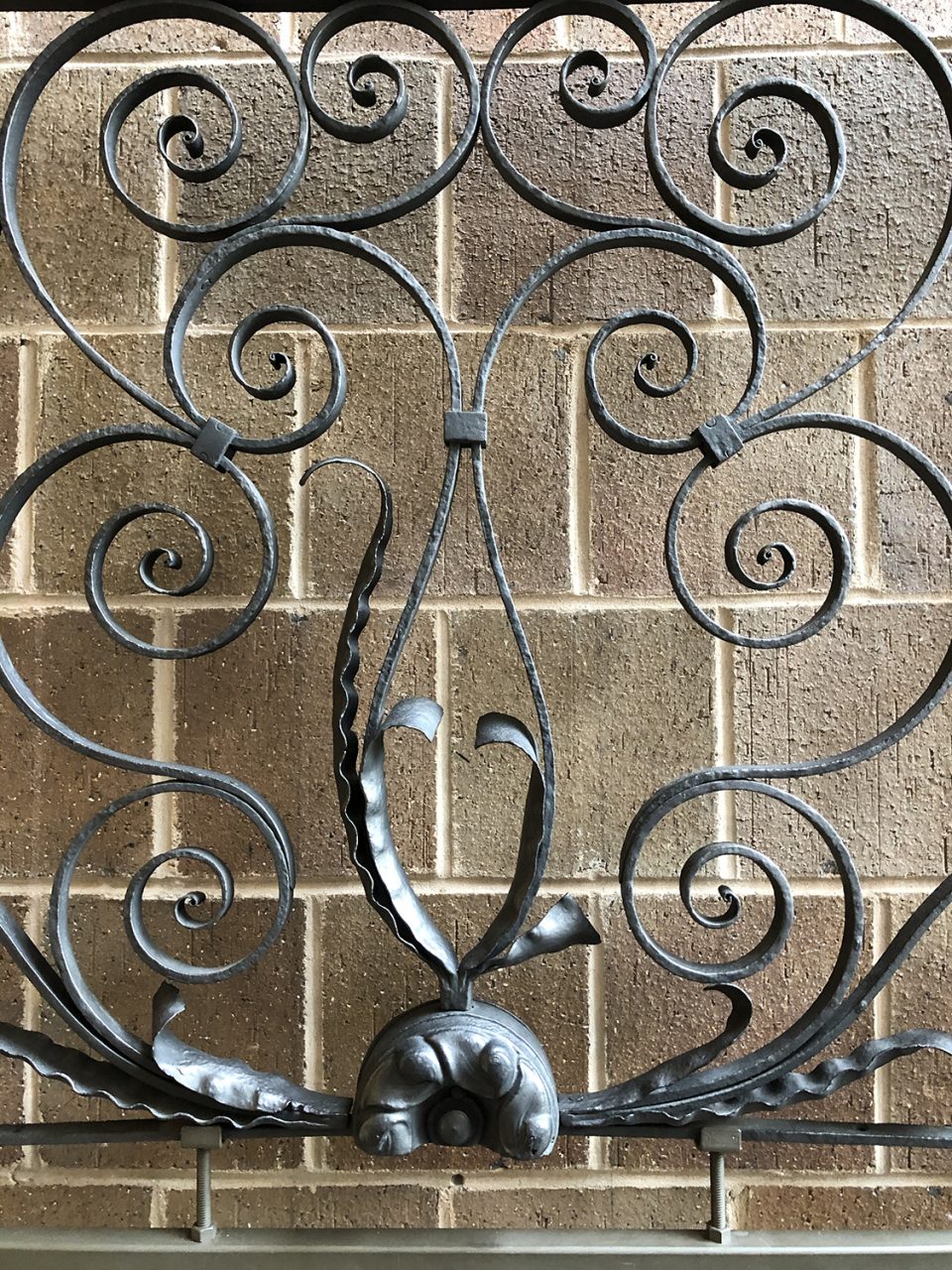
Cast iron vs. wrought iron
What’s the difference between wrought iron and cast iron? Wrought iron was wrought — or hammered and worked out by a blacksmith, whereas cast iron is made of molten metal that’s poured into a mold, and removed once it has cooled. Cast iron is usually more brittle, but can be much more ornate.
Another one of my Charleston favorites: the Old Farmer’s and Exchange Bank
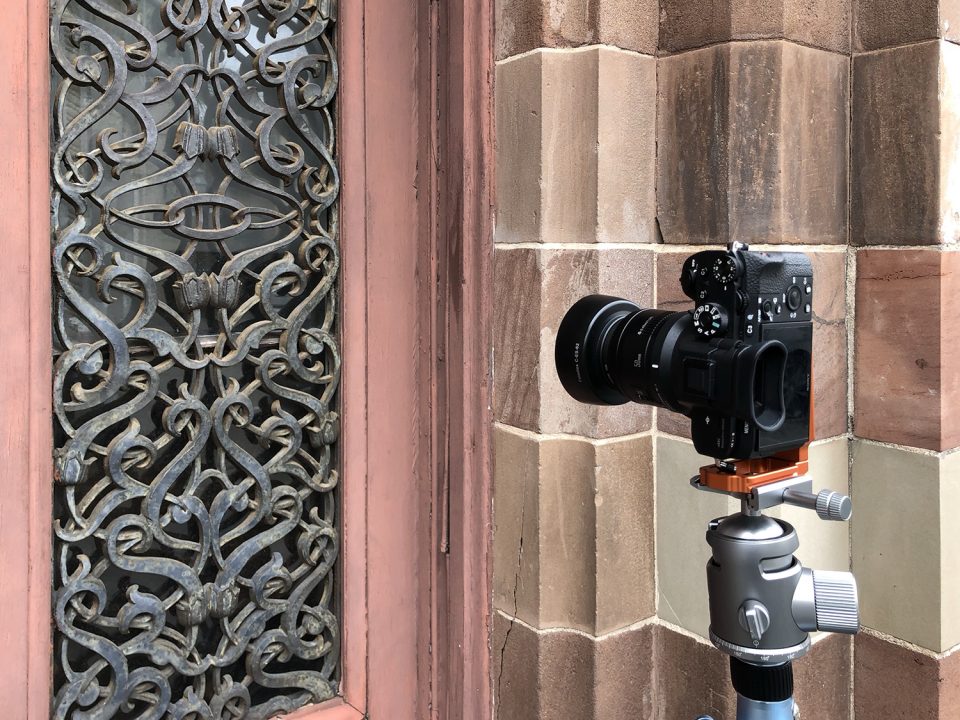
The Old Farmer’s and Exchange Bank on East Bay Street was built in 1853 – 54, in a Moorish style. I love its two-tone facade, unique mix of shapes, and of course the ironwork.
When I shot this several years ago, it was in use, and now it’s chained up. It was almost demolished in the 1970s so I hope the Charleston Historical folks are keeping an eye on it.
The video contains a picture of it from the National Register of Historic Places taken in 1958, along with images found in the pages of Washington Irving’s book Tales of the the Alhambra.
Thanks for reading.
Be sure to visit me on Facebook, Instagram or Pinterest, or on my website at keithdotson.com.
~ Keith
NOTE: This post contains Amazon Affiliate links. I may earn a small commission on qualifying purchases.
